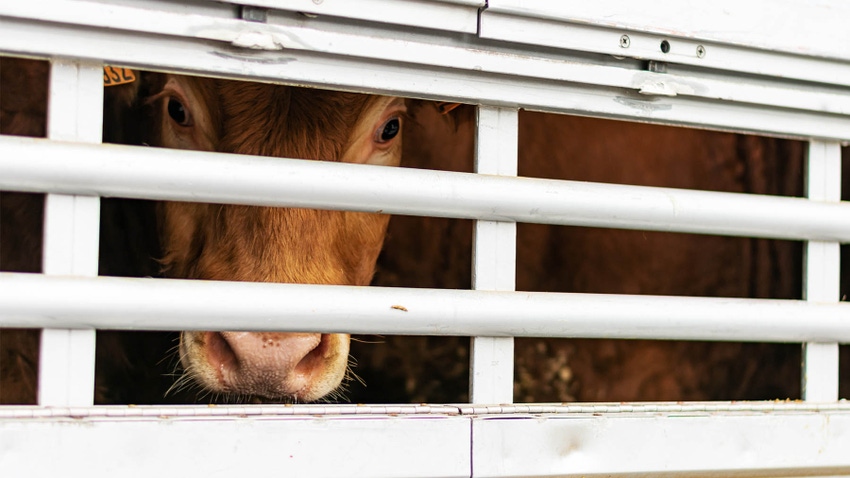July 5, 2023

By Dr. Rosslyn Biggs, Oklahoma State University
Interstate movement requirements of animals, especially livestock, vary according to the state of destination. These requirements have existed for years to facilitate trade and prevent the spread of disease. Requirements are enforced by states in different manners including checkpoints at state borders.
Owners should always confirm requirements and coordinate with their veterinarian well in advance of shipment as inspection, testing, vaccination, and identification of the animals may be required. In most cases a certificate of veterinary inspection (CVI), commonly called a health certificate, must be issued by a veterinarian that is licensed and USDA accredited documenting the animals meets entry requirements.
CVIs must be accurately completed and issued by a veterinarian within the appropriate time frame according to the state of destination entry requirements. Entry requirements do change especially if a disease outbreak occurs so animal owners and veterinarians must check entry requirements prior to each individual shipment. In general, any animal that is affected, exposed, or quarantined for an infectious, contagious, or communicable disease may not be issued a CVI for movement.
The Texas Animal Health Commission (TAHC) has recently reestablished livestock checkpoints along state lines including the Oklahoma-Texas border. All livestock conveyances must stop whether they are loaded or empty. Entry requirements and associated documents are being reviewed at these checkpoints.
Entry requirements may vary according to the purpose of movement and some exceptions may exist. For instance, for Texas livestock coming into Oklahoma to a veterinary clinic for services or care, a CVI or permit is not required to go back to Texas. It is recommended that the animal owner have documentation of the veterinary visit if requested at the checkpoint upon return to Texas.
Currently for Oklahoma livestock going to a Texas veterinary clinic for services or care, a CVI is not required, but producers must call TAHC for a permit to be provided at the inspection checkpoint.
You May Also Like




